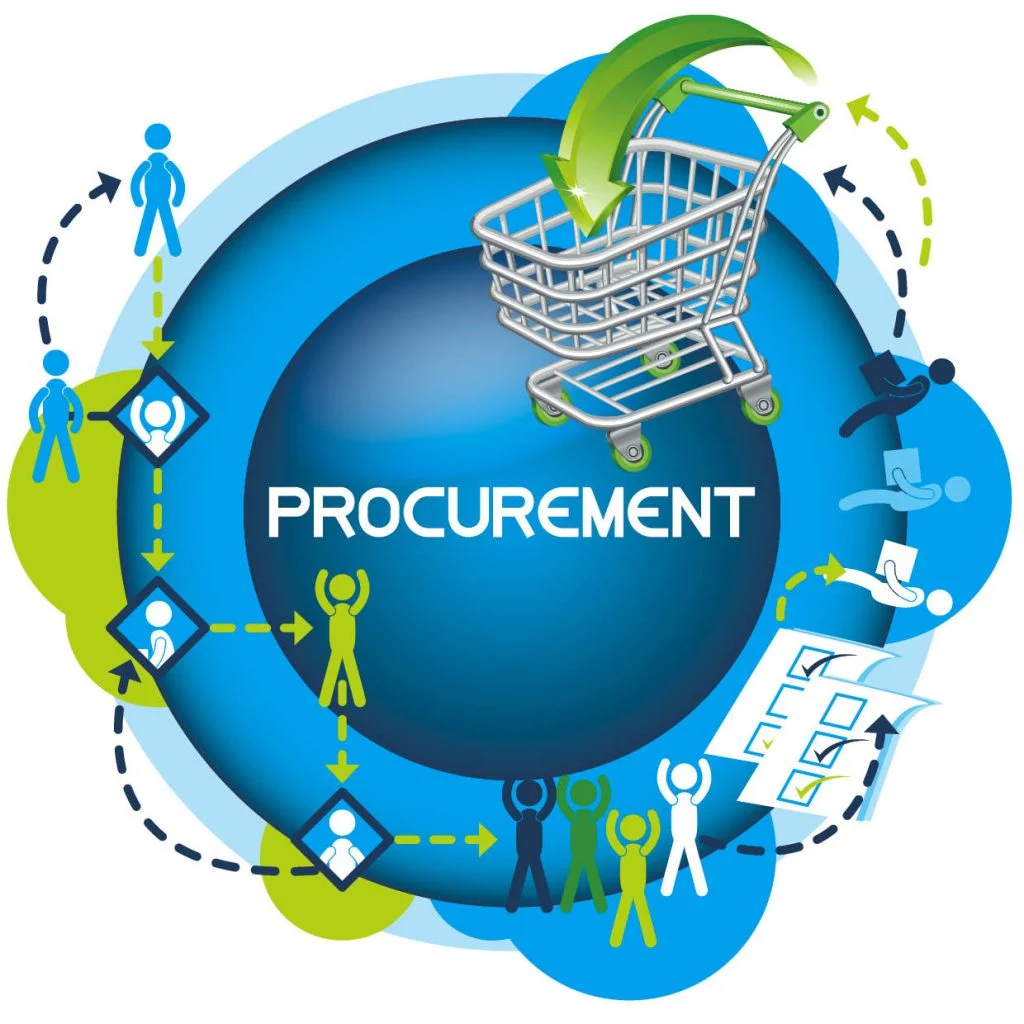In today’s interconnected global economy, exporting goods has become a vital avenue for economic growth and development. However, many African exporters often face significant challenges when it comes to managing their cash flow and accessing the working capital required to fulfill international orders. No wonder, Africa’s share of global trade is a paltry 3%!
Whereas there are many reasons – structural or otherwise – for this unsavoury state of affairs, inadequate working capital to finance export businesses ranks among the most critical. This is exacerbated by the fact that over 80% of cross-border business in Africa is undertaken by Micro, Small, and Medium Enterprises (MSMEs), 60% of which are women-owned. According to data from Africa Development Bank, out of every 10 MSMEs that apply for traditional trade finance facilities (LCs, Guarantees, etc), 6 or so are denied access principally because they cannot pass the credit assessment criteria.
Challenges for African MSMEs in cross-border trade
Among the numerous hurdles that African MSMEs in cross-border encounter include, but are not limited to:-
- A growing trend by overseas customers to insist on open account trading as opposed to bank-facilitated documentary-based trade. This exposes them to credit risk from unscrupulous traders.
- Limited access to credit insurance and risk coverage in Africa for overseas debtors thus exposing MSMEs to the risk of bankruptcy in event of default
- Poor access to working capital (or where available, the cost is quite high).
- Increasingly long credit terms imposed by overseas customers who are keen to leverage supplier finance for working capital
- Limited knowledge about overseas markets, legal systems, collection procedures, etc
The hurdles for African exporters were compounded by the Covid 19 Pandemic and the War in Ukraine, a diabolic combination of which brought about negative health impact on employees and suppliers, challenges with availability and cost of Foreign Currency and – most importantly – the inability of local Banks to finance exports as a result of reduction of correspondence limits by overseas Banks, and serious global supply chain disruptions leading to unprecedented inflation and Fx instabilities in many a developing countries.
These challenges provide a compelling case why African exporters should adopt Export Receivables Discounting which addresses the above challenges and provides various benefits to both African exporters and their overseas customers:-
Benefits to the Exporter
- Working Capital improvement.
- Easy access to affordable finance, pegged to the creditworthiness of the importer.
- Reduction in time-consuming credit administration and costs.
- Reduction in risk while offering overseas customers competitive open account terms.
- Growth in turnover by offering flexible payment terms.
- Strengthening of revenues by improving Days Sales Outstanding (DSO).
- 100% credit protection against bad debts and customer insolvency.
- Better borrowing potential and an opportunity to make use of supplier discounts.
Benefits to the importer
- Improvement of working capital due to the delayed settlement of payables (Days Payables Outstanding extension).
- Payment to local accounts, no additional bank charges.
- The opportunity to buy goods using convenient open account terms.
- Expanded purchase power without using existing credit lines.
- Removing the need to open letters of credit, no administrative burden, and costs, and the ability to place orders swiftly.
- Communication with a local factoring company regarding disputes or delays of payments.
How Export Receivables Financing works
To access the Export Receivables solution, the following is the process:-
- Exporter onboards to a Financier’s digital platform and provides requisite KYC details.
- Exporter provides transaction details including Importer details for a credit check
- Financier digitally carries out a credit check and advises exporter of the maximum limit to be financed against the importer.
- Financier and the Exporter execute a Receivables Purchase Agreement
- Exporter ships goods and uploads export documentation to Financier through the digital platform (including the commercial invoice)
- Financier establishes a credit risk insurance line against importer default and finances, usually, up to 85% of the transaction value to the exporter (subject to positive limit check)
- Financier collects the proceeds of the full invoice on Maturity from the Importer and remits the balance to exporter (less financing cost)
- In event of default, Financier pursues payment through Credit Insurance Underwriter and remits the residual balance to the Exporter upon payment from the Underwriter.
Kefa Nyakundi is a Financial Consultant and co-founder/CEO of Mtaji Technologies




